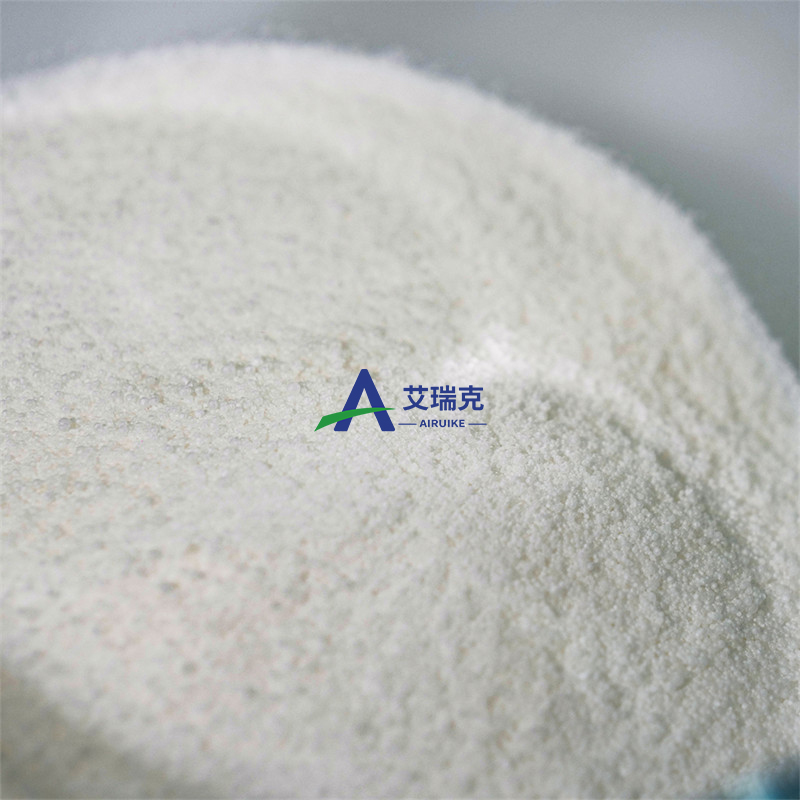-
Categories
-
Pharmaceutical Intermediates
-
Active Pharmaceutical Ingredients
-
Food Additives
- Industrial Coatings
- Agrochemicals
- Dyes and Pigments
- Surfactant
- Flavors and Fragrances
- Chemical Reagents
- Catalyst and Auxiliary
- Natural Products
- Inorganic Chemistry
-
Organic Chemistry
-
Biochemical Engineering
- Analytical Chemistry
-
Cosmetic Ingredient
- Water Treatment Chemical
-
Pharmaceutical Intermediates
Promotion
ECHEMI Mall
Wholesale
Weekly Price
Exhibition
News
-
Trade Service
Peripheral placement of central venous catheters has been widely used in clinical practice, and timely identification of patients at risk of thrombosis associated with peripheral placement of central venous catheters is critical
.
Artificial neural networks have been successfully applied in many areas of clinical event prediction and have influenced clinical decision-making and practice
.
The International Journal of Nursing Studies published a study to develop and validate a novel clinical model based on artificial neural networks for predicting thrombosis associated with peripheral placement of central venous catheters and determine whether it may improve predictive performance
compared to logistic regression models.
This prospective cohort study was conducted
in adult breast cancer patients with peripherally placed central venous catheters who were admitted to hospital for chemotherapy between January 2018 and June 2021.
The primary outcome of the study was thrombosis
detected by ultrasound during follow-up.
Doppler ultrasound is the preferred method for the initial diagnosis of catheter-related thrombosis (sensitivity 56%~100%; Specificity 94%~100%)
.
Thrombosis associated with peripheral placement of a central venous catheter is defined as any degree of thrombosis
in the vein where the central venous catheter is placed circumferentially.
The synthetic minority oversampling technique (SMOTE) was used to deal with the effects of
unbalanced classes.
Then, artificial neural networks and logistic regression models
are built on the training set with and without SMOTE, respectively.
The performance
of each model is evaluated using accuracy, sensitivity, specificity, and AUC on the validation set.
A total of 1844 patients were enrolled, and the dataset was divided into training (N = 1497) and validation (N = 347).
256 patients (13.
9%) were diagnosed with thrombosis
associated with peripheral placement of a central venous catheter.
Build predictive models in the training set and evaluate
them in the validation set.
Select 8 factors as input variables to build an artificial neural network model
.
In the absence of SMOTE, the artificial neural network model (AUC = 0.
725) is superior to the logistic regression model (AUC = 0.
670, p = 0.
039).
SMOTE improves the performance
of both models based on AUC.
With SMOTE sampling, the artificial neural network model performed best among all evaluation models, and the AUC value was still statistically better than the logistic regression model (0.
742 vs 0.
675, p = 0.
004).
The results show that the artificial neural network model can effectively predict thrombosis
associated with peripheral placement of central venous catheters in breast cancer patients receiving chemotherapy.
Identification of people at high risk of thrombosis associated with peripheral placement of a central venous catheter allows close monitoring and appropriate intervention
.
Original source:
Jianqin Fu, Weifeng Cai, Bangwei Zeng, et al, Development and validation of a predictive model for peripherally inserted central catheter-related thrombosis in breast cancer patients based on artificial neural network: A prospective cohort study, International Journal of Nursing Studies, 2022, https://doi.
org/10.
1016/j.
ijnurstu.
2022.
104341.







